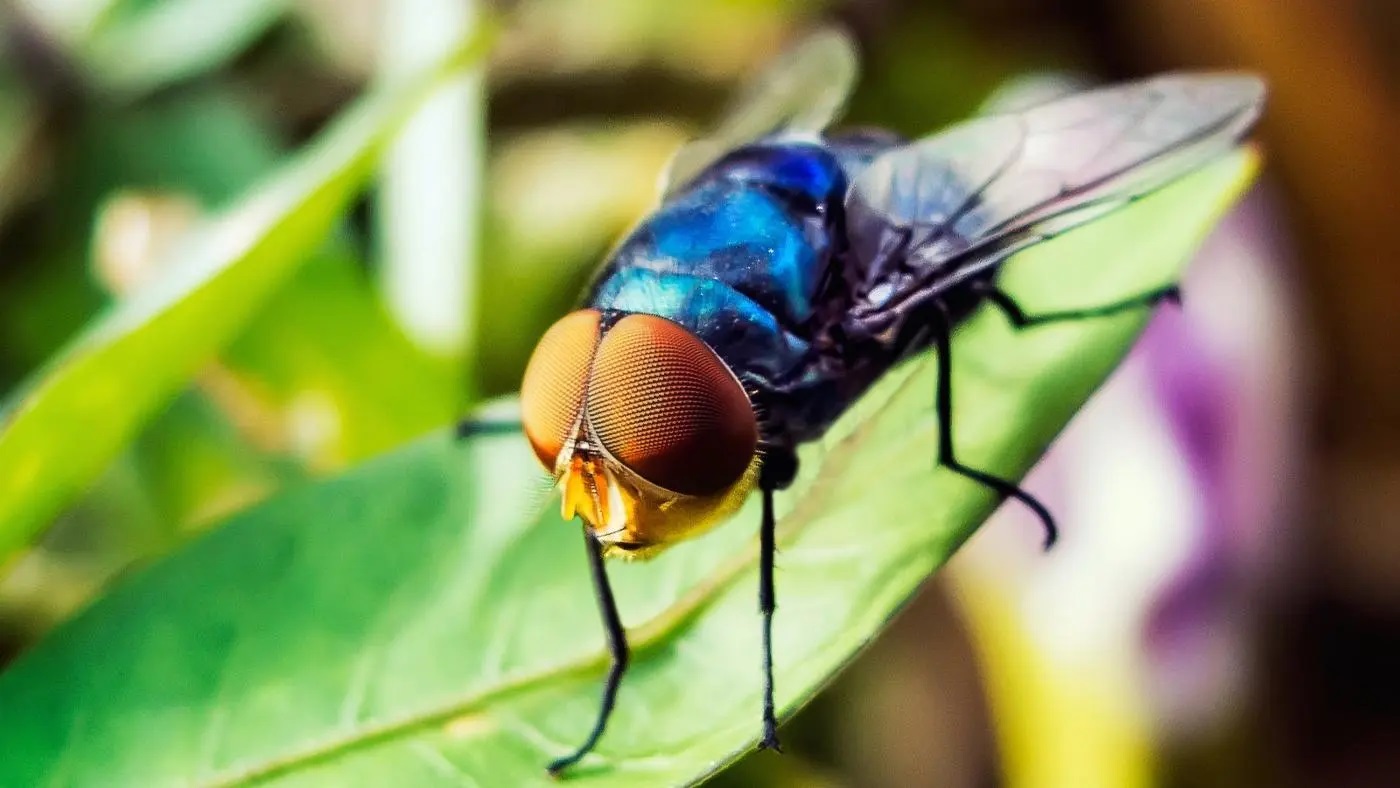How many eyes to flies have typically have two compound eyes, which are made up of many individual lenses called “ommatidia.” These compound eyes give flies a wide field of vision and the ability to detect fast movements. Some fly species also have three small simple eyes, called “ocelli,” located between their two compound eyes, which help with navigation and stability.
FAQs
Q: How many eyes do flies have?
A: Flies typically have two compound eyes, which are made up of many individual lenses called “ommatidia.” These compound eyes give flies a wide field of vision and the ability to detect fast movements. Some fly species also have three small simple eyes, called “ocelli,” located between their two compound eyes, which help with navigation and stability.
Q: Why do flies rub their hands together?
A: Flies rub their hands together as a way of cleaning their legs and removing debris or substances that may have stuck to them while they were walking on surfaces. Flies have tiny hairs on their legs called “setae” that help them grip surfaces and collect sensory information, but these setae can also trap dirt, dust, and other particles. By rubbing their hands together, flies can remove these particles and keep their legs clean.
Q: How long do flies live?
A: The lifespan of a fly depends on the species and environmental conditions. Generally, houseflies have a lifespan of about 15 to 30 days, while fruit flies can live for several weeks. Some fly species, such as the mayfly, have a very short adult lifespan of just a few hours or days.
Q: How do flies see?
A: Flies have compound eyes made up of many individual lenses called “ommatidia.” These compound eyes give flies a wide field of vision and the ability to detect fast movements. Each ommatidium captures a small part of the visual field, and the brain combines the inputs from all the ommatidia to create a mosaic image. Flies are also sensitive to ultraviolet light, which helps them navigate and find food.
Q: Why do flies buzz?
A: Flies buzz as a result of the rapid movement of their wings. Flies can flap their wings at a rate of up to 200 times per second, which creates a buzzing sound that is often heard when flies are flying close to humans. The buzzing sound is also used by male flies as part of their courtship behavior to attract females.
Read This: How many Beers to Get Drunk
